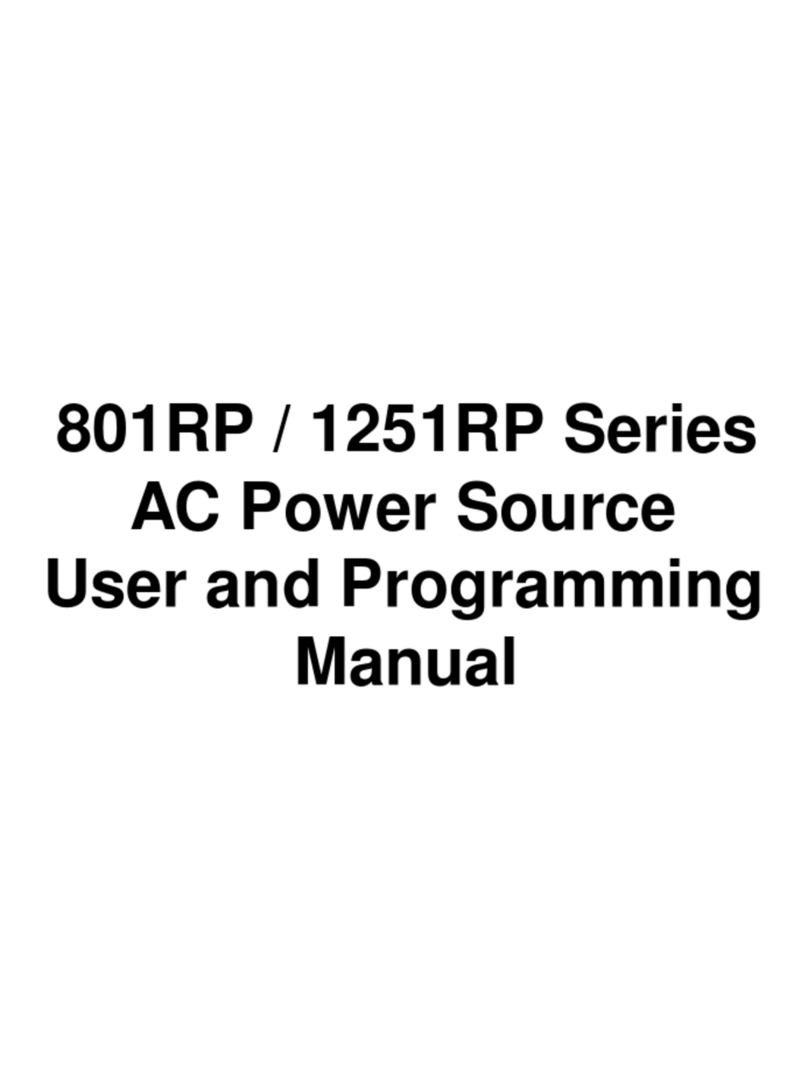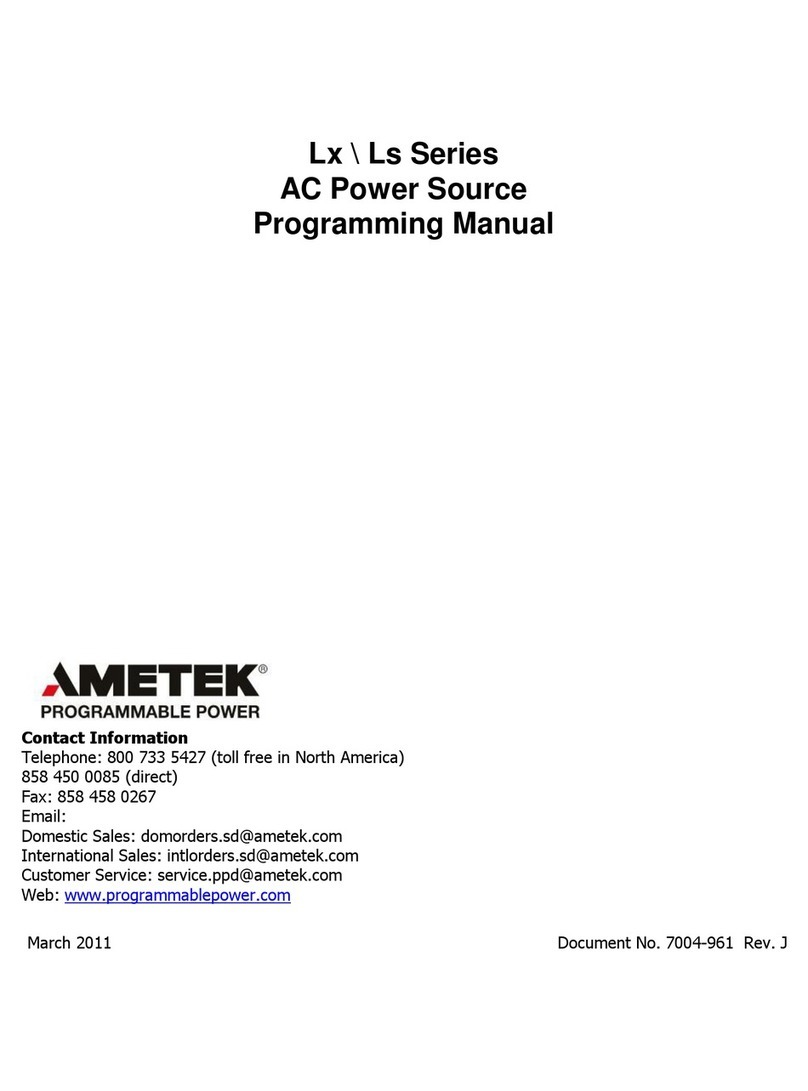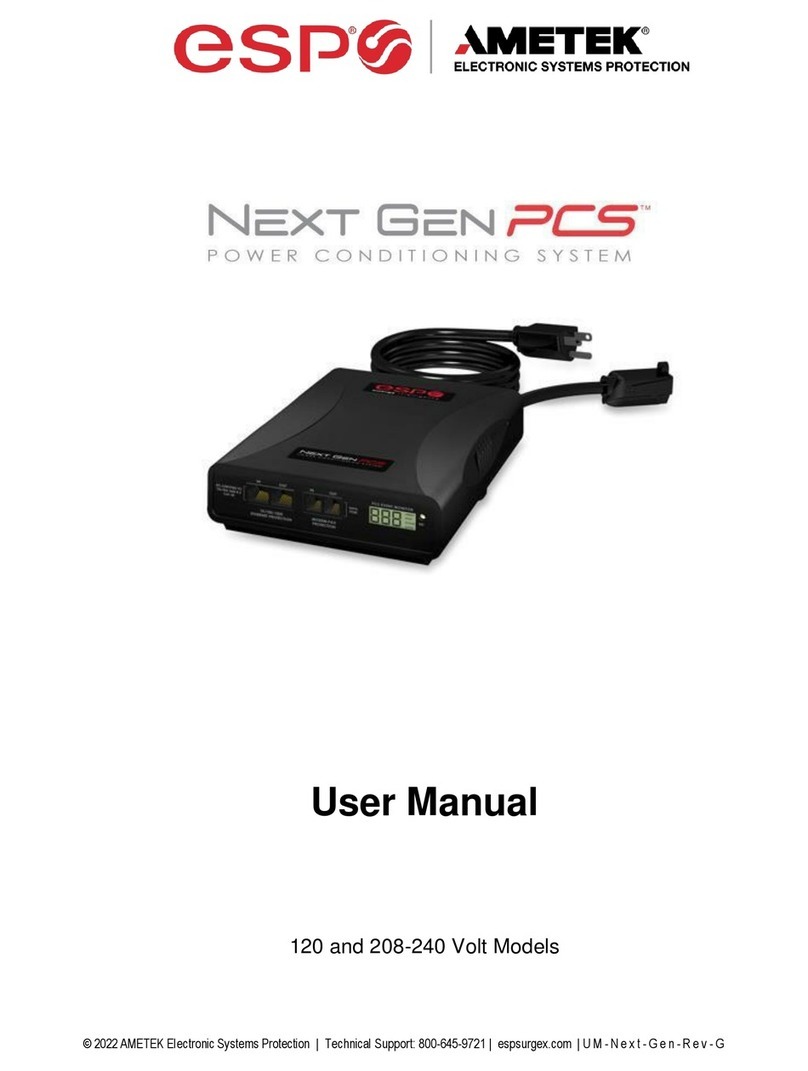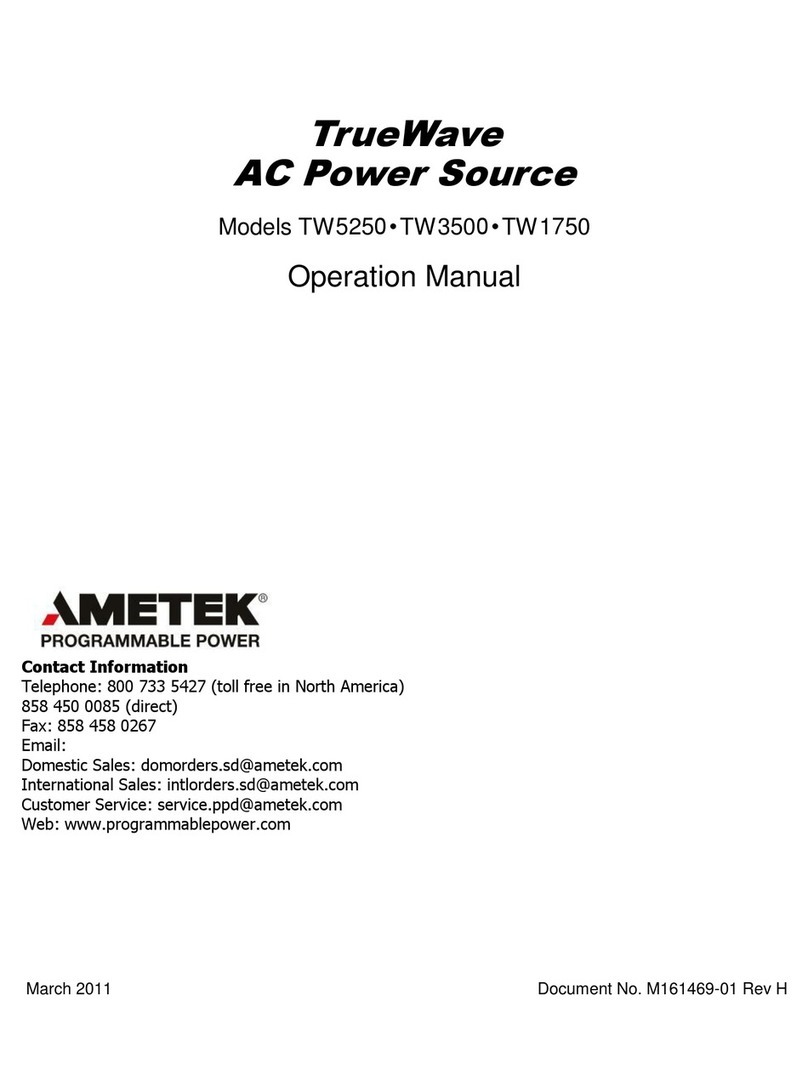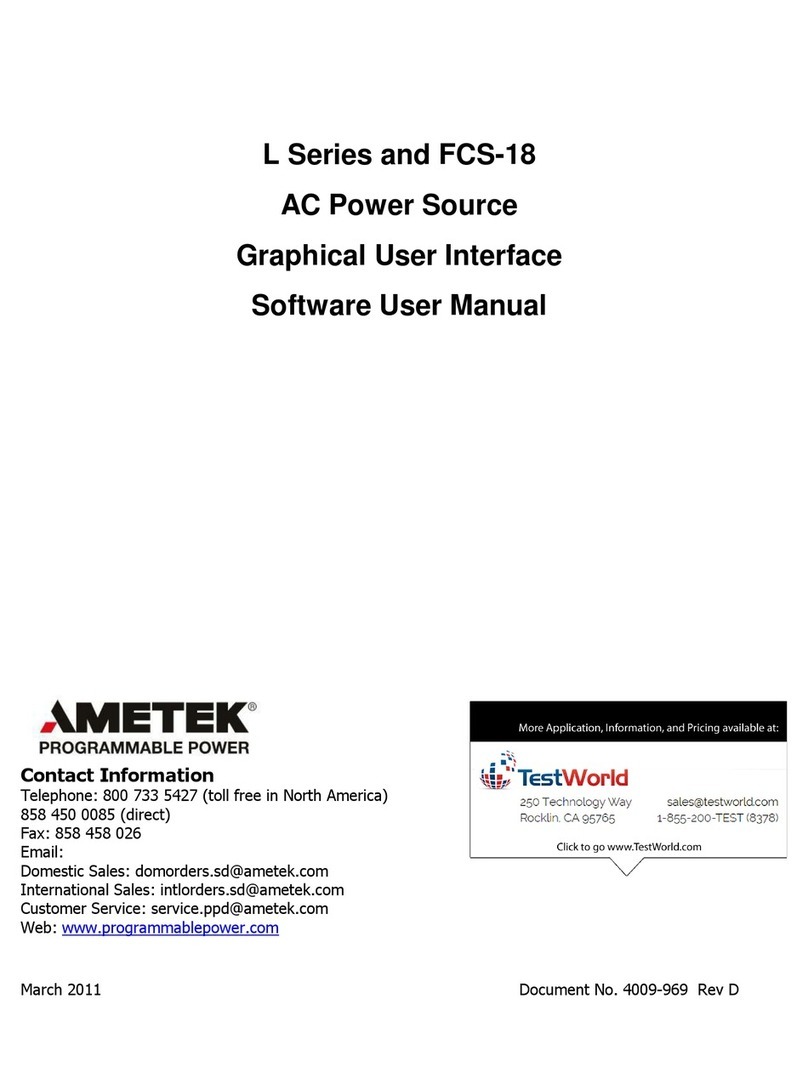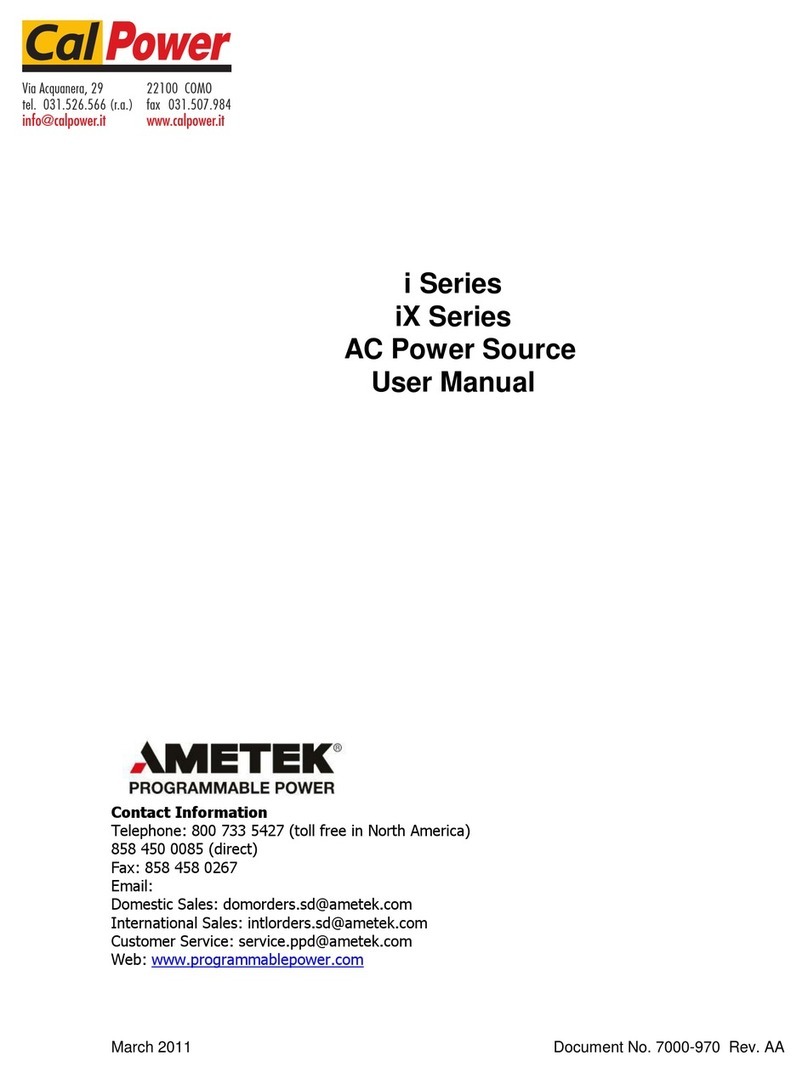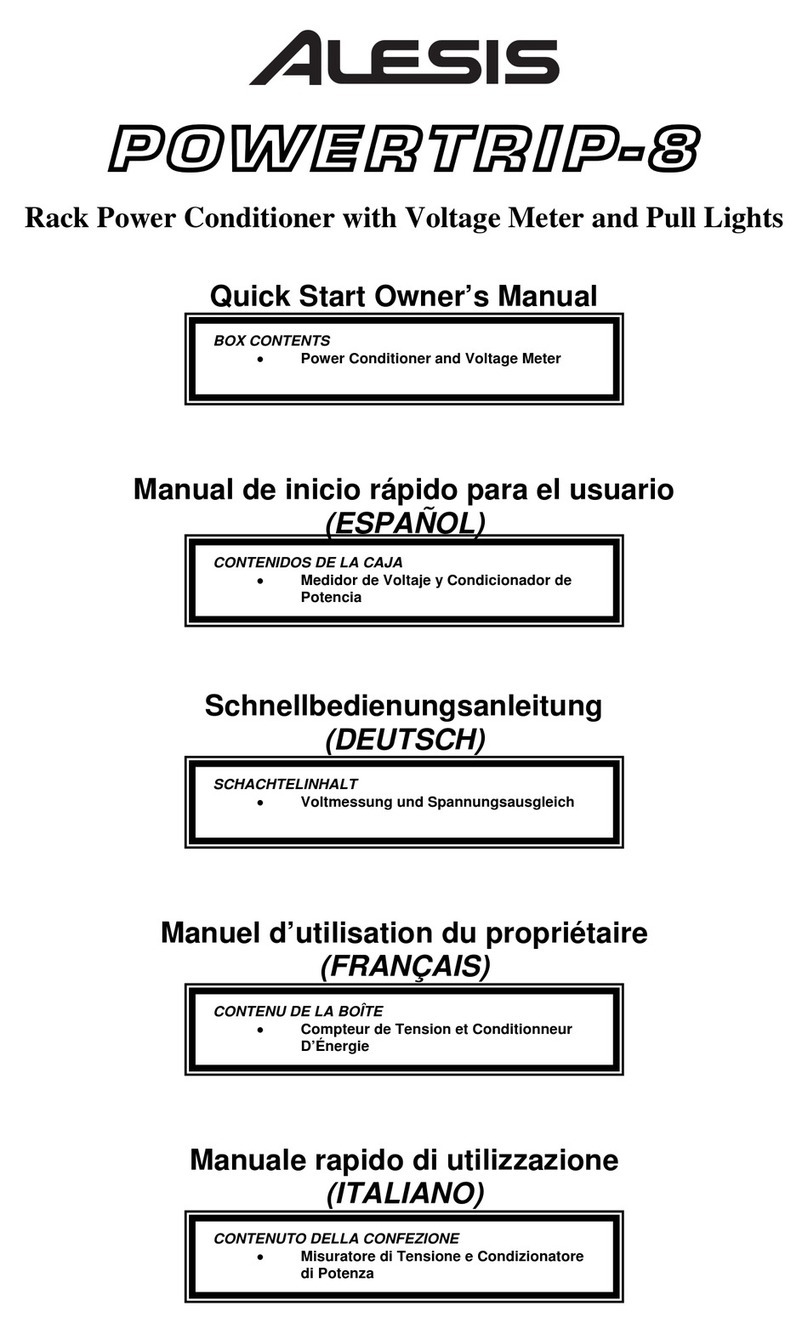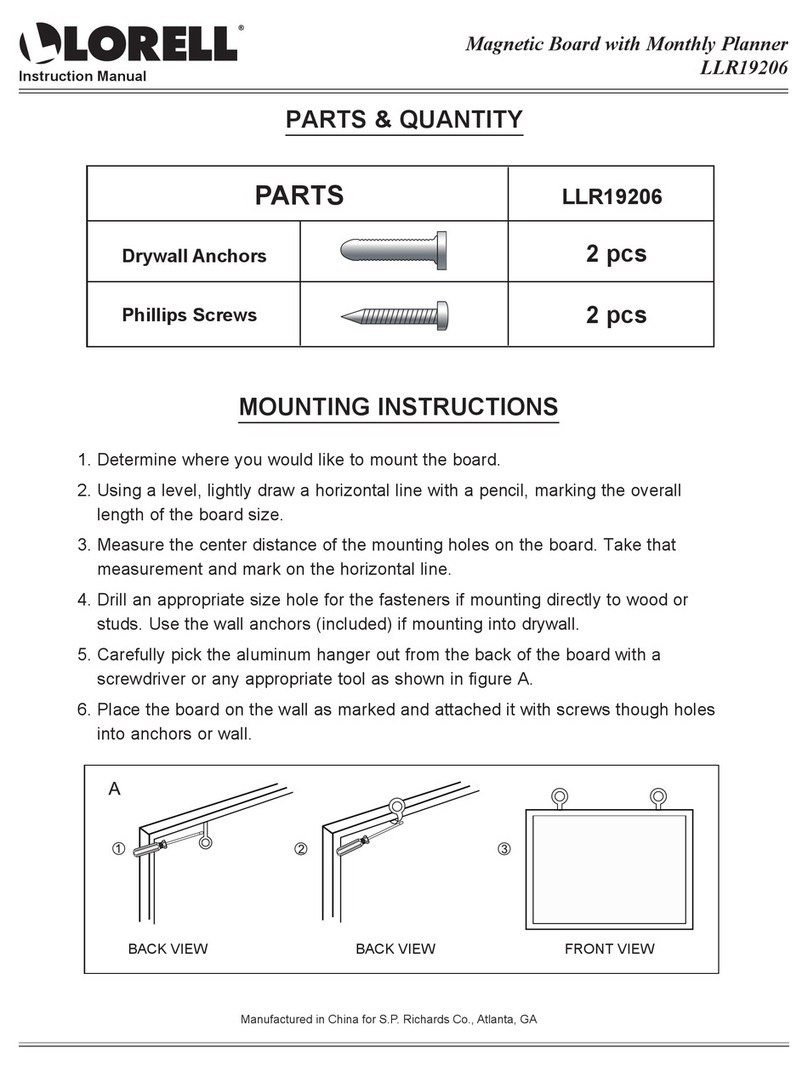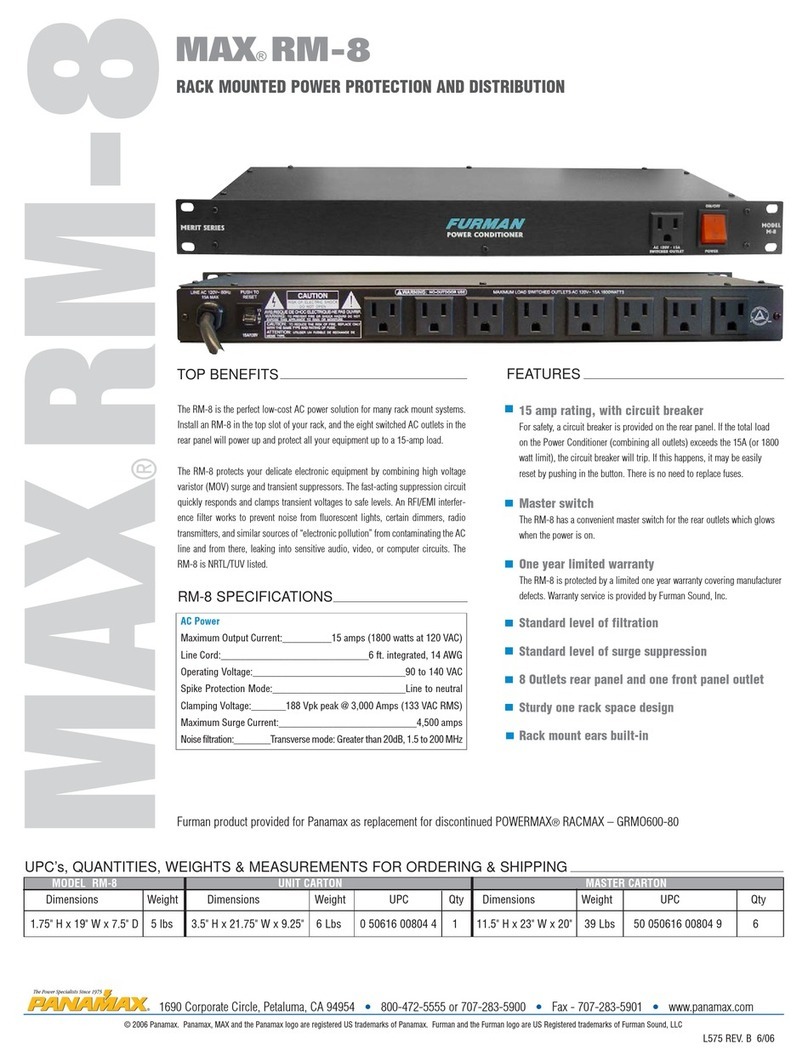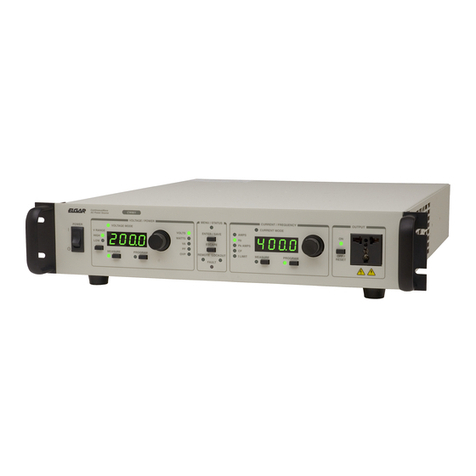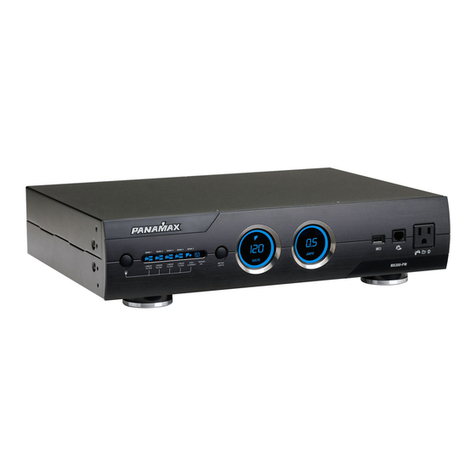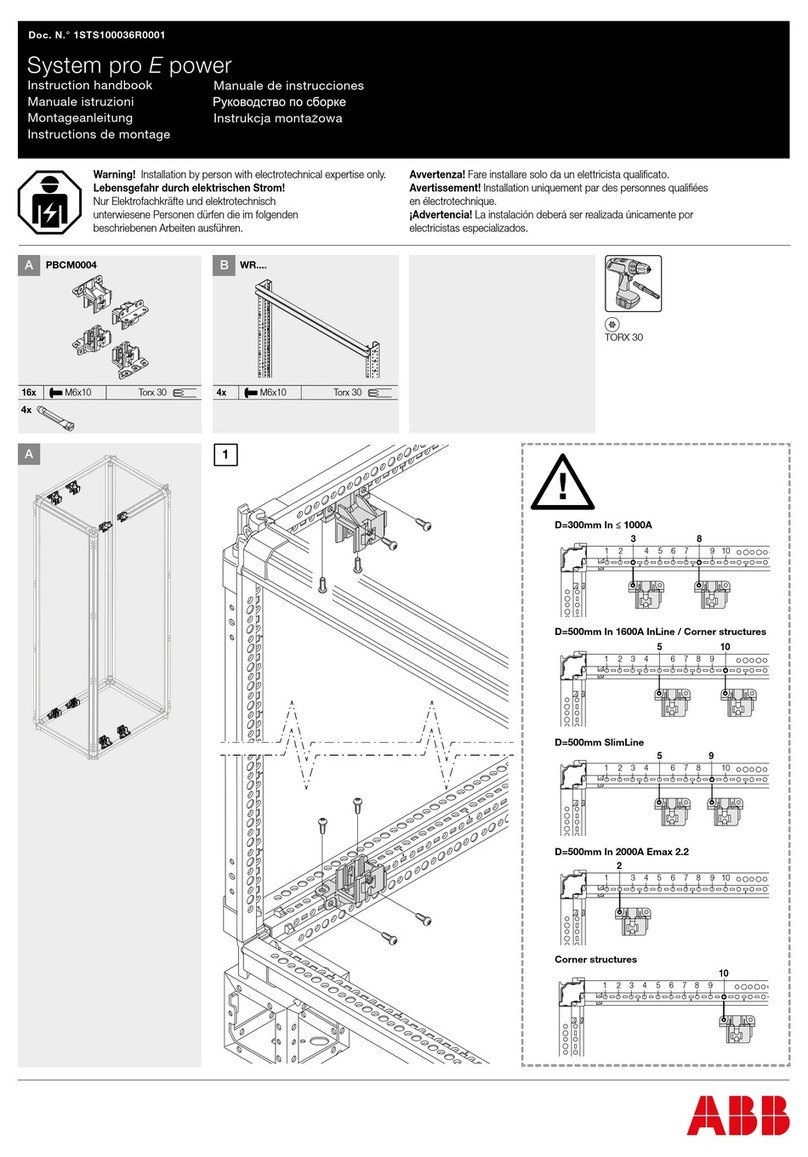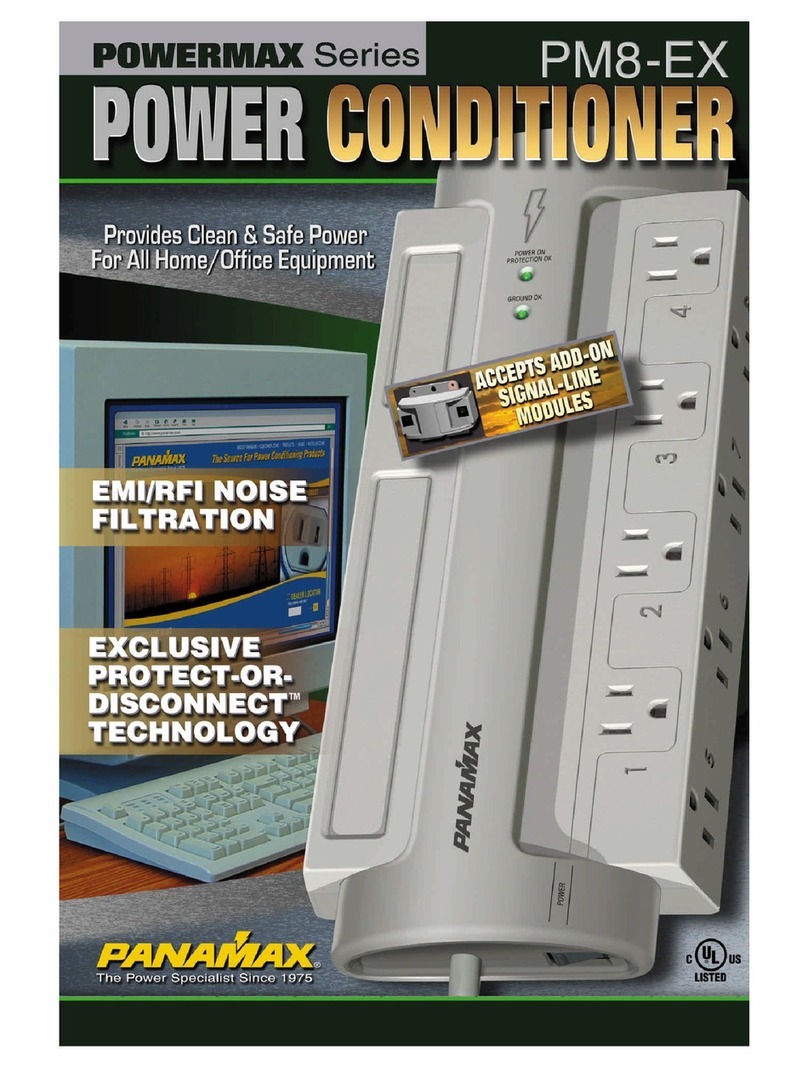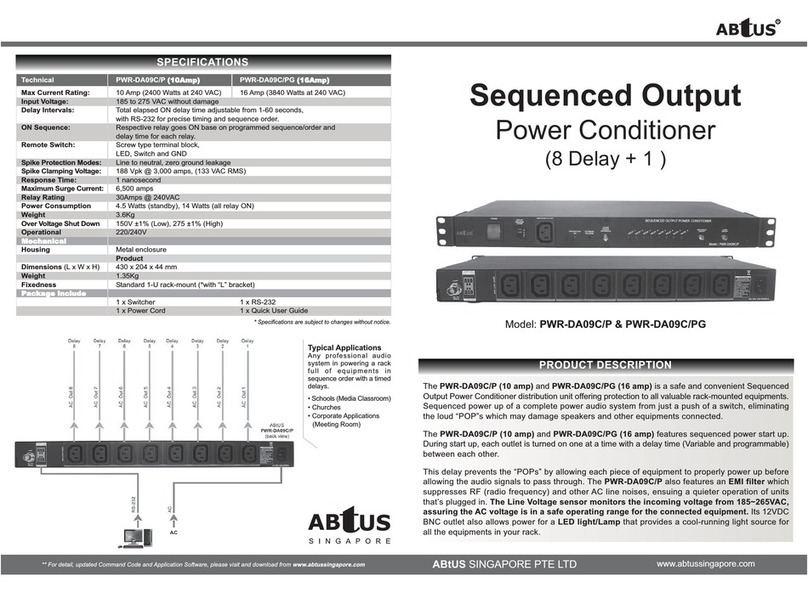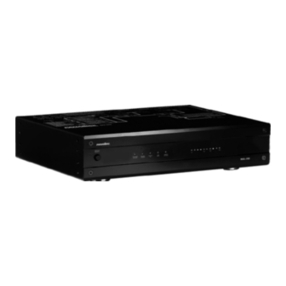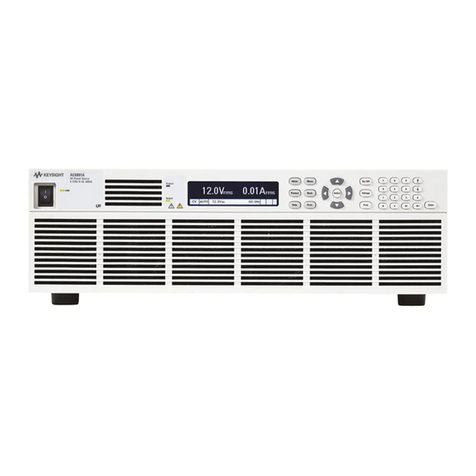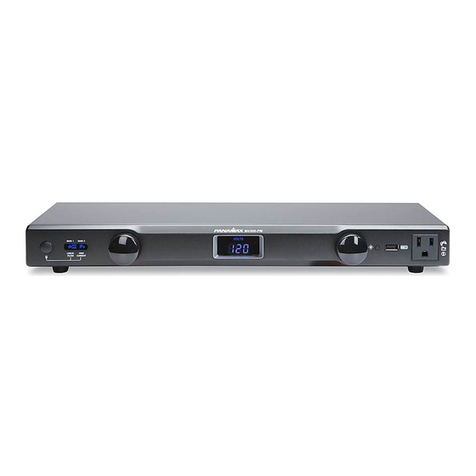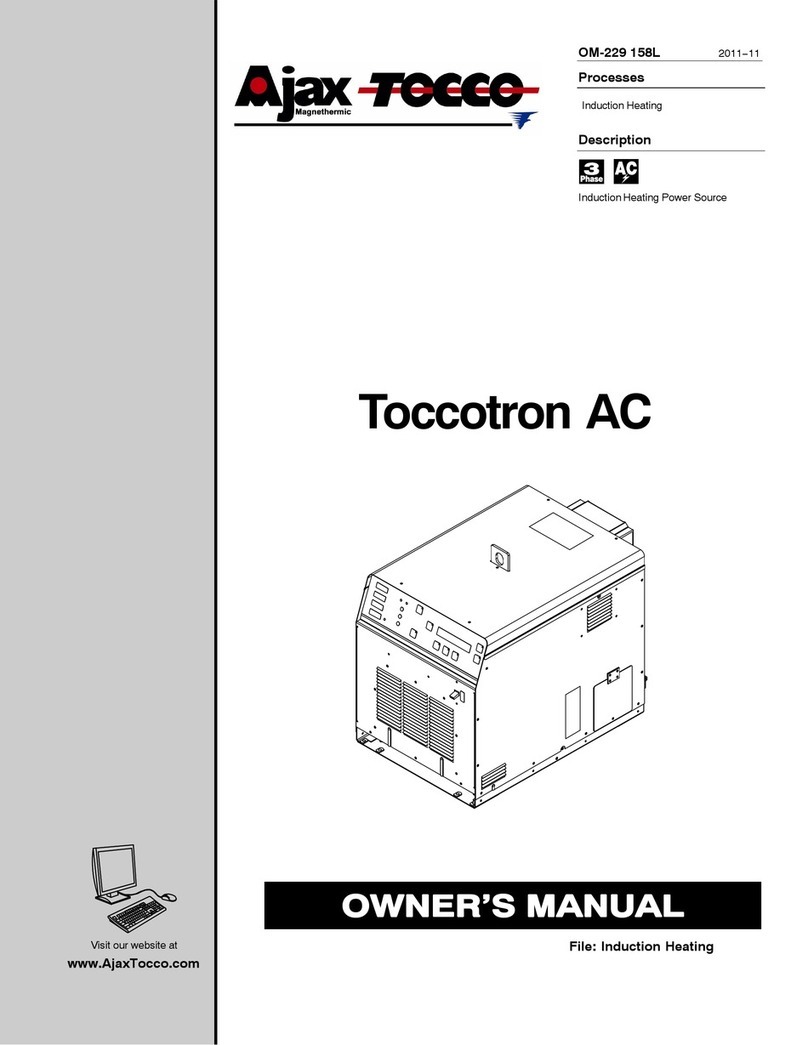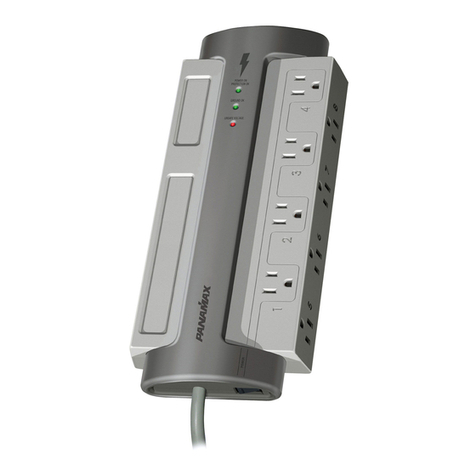
User Manual – Rev J CS Series
California Instruments 9
List of Figures
Figure 2-1: Voltage / Current Rating Chart in 3 phase mode, 135 Range. ..........................................................15
Figure 2-2: Voltage / Current Rating Chart in 1 phase mode, 135 Range. ..........................................................15
Figure 2-3: Voltage / Current Rating Chart in 3 phase mode, 270 Range. ..........................................................16
Figure 2-4: Voltage / Current Rating Chart in 1 phase mode, 270 Range. ..........................................................16
Figure 2-5: Load Impedance / Current Rating Chart in 3 phase mode, 135 Range.............................................17
Figure 2-6: Load Impedance / Current Rating Chart in 1 phase mode, 135 Range.............................................17
Figure 2-7: Load Impedance / Current Rating Chart in 3 phase mode, 270 Range.............................................18
Figure 2-8: Load Impedance / Current Rating Chart in 1 phase mode, 270 Range.............................................18
Figure 3-1: Rear Panel Connector Locations – CS Series...................................................................................30
Figure 3-2: 9000CS/2 Output Wiring ...................................................................................................................33
Figure 3-3: 9000CS/2 Wiring diagram - 3 Phase mode.......................................................................................34
Figure 3-4: 13500CS/3 Wiring diagram - 3 Phase mode.....................................................................................35
Figure 3-5: 18000CS/4 Wiring diagram - 3 Phase mode.....................................................................................36
Figure 3-6: USB Connector pin orientation..........................................................................................................40
Figure 3-7: Functional Test Setup .......................................................................................................................43
Figure 3-8: Clock and Lock Connections.............................................................................................................46
Figure 3-9: CSGui Windows application software................................................................................................47
Figure 4-1: Shuttle Knob......................................................................................................................................51
Figure 4-2: Menu Keys ........................................................................................................................................52
Figure 4-3: Measurement Screen........................................................................................................................54
Figure 4-4: PROGRAM Menu..............................................................................................................................60
Figure 4-5: CONTROL Menus.............................................................................................................................61
Figure 4-6: MEASUREMENT Screen..................................................................................................................64
Figure 4-7: Selecting a Waveform.......................................................................................................................79
Figure 4-8: Selecting Waveforms for Single Phase or All Phases .......................................................................80
Figure 4-9: Waveform Crest Factor Affects Max. RMS Current...........................................................................80
Figure 4-10: Switching Waveforms in a Transient List.........................................................................................85
Figure 4-11: TRANSIENT Menu..........................................................................................................................85
Figure 6-1: Location of Gain pot adjustments......................................................................................................94
List of Tables
Table 3-1: Output Terminal connections..............................................................................................................32
Table 3-2: Rear Panel Connectors ......................................................................................................................37
Table 3-3: AC Input Terminal Block Connection Description...............................................................................38
Table 3-4: SMA Connectors – CS Series ............................................................................................................38
Table 3-5: BNC Connectors.................................................................................................................................39
Table 3-6: External Sense Connector..................................................................................................................39
Table 3-7: RS232C Connector ............................................................................................................................39
Table 3-8: USB Connector pin out.......................................................................................................................40
Table 3-9: RJ45 LAN Connector pin out..............................................................................................................41
Table 3-10: Full Load Resistance – CS Series....................................................................................................43
Table 4-1: Menu Tree..........................................................................................................................................59
Table 4-2: Factory Default Power on Settings .....................................................................................................86
Table 4-3: Factory Default Power on Settings .....................................................................................................87
Table 6-1: Output Calibration Coefficients - Factory Defaults..............................................................................93
Table 6-2: Output Calibration Coefficients - Factory Defaults..............................................................................95
Table 7-1: Basic Symptoms.................................................................................................................................97
Table 7-2: Replaceable Parts and Assemblies..................................................................................................102
Table 8-1: Error Messages................................................................................................................................108
